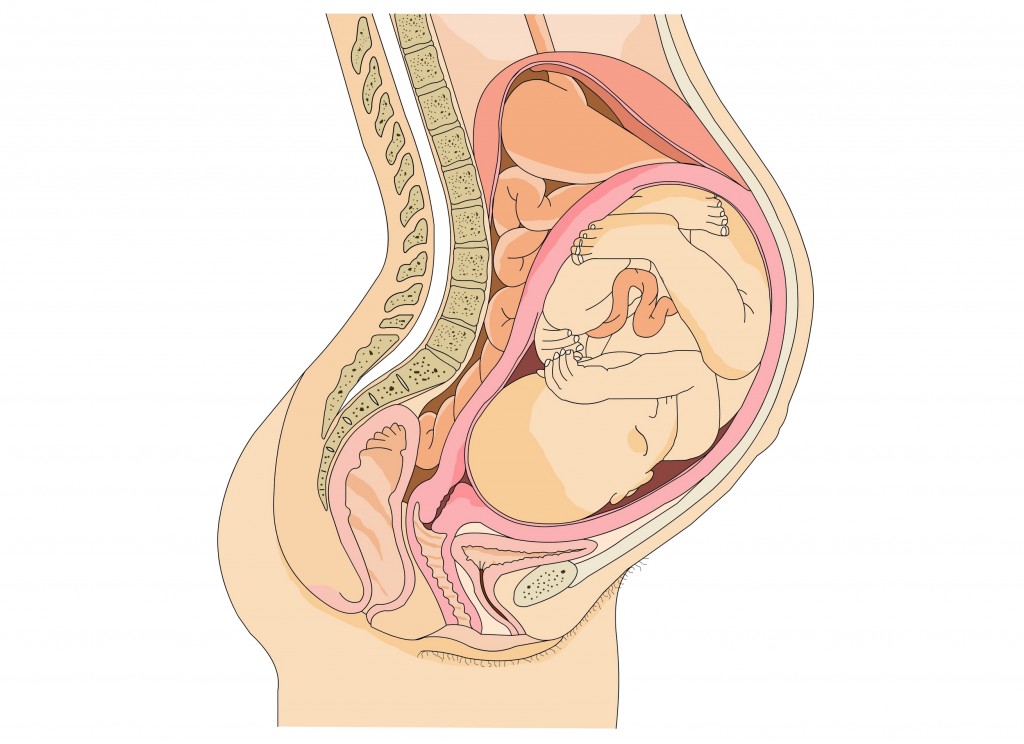NY Times op-ed lauds mj clinic staffers
… It seems that many of my physician colleagues haven’t considered the possibility that patients are turning to medical marijuana because the health care system has failed them. In general, their reaction to medical marijuana has been one of detached amusement, tinged with avuncular concern. And when they recognize the challenges that patients like Robin face, they point out that they don’t have enough time in a typical 15-minute visit to deliver the kind of personalized care that Robin needed.Fortunately, Robin’s story offers solutions. I’ve identified at least three lessons the medical marijuana industry holds for our health care system. And none of them require doctors to spend any more time with patients.
First, we should give patients a chance to learn from one another. In marijuana clinics and dispensaries, I’ve seen as much advice and support offered by patients as I have by physicians. That’s the beauty and attraction of websites like PatientsLikeMe, which has created communities of patients who support one another. Who better to offer advice about how to get your prescriptions filled on the weekends, or how to swallow those large pills, than someone who has already figured it out?
Second, if physicians can’t spend more time with patients — and, in general, they can’t — we should give patients more time with other office staff members. Robin didn’t spend any more time with a doctor in that clinic than my patients spend with me. But she spent much more time with the marijuana clinic employees, none of whom had any formal medical training. They gave detailed answers to her questions about various marijuana strains, the unpredictable absorption of cannabinoids in edibles and even how to clean and maintain her vaporizer. That advice took time, but none of it required an extra minute with a physician.
Third, we should give patients more ability to manage their treatment. What Robin wanted was a chance to treat her symptoms in her own way, using strategies that worked for her. She wanted to try, and maybe fail, and try again. She wanted to be in charge.
Giving patients more control doesn’t mean handing over a blank prescription pad. Patients can gain more control — safely — if they understand a drug’s effects and duration, and if they have some leeway in when and how to use it. For instance, when I prescribe as-needed pain medication, I’ll give my patients permission to figure out for themselves how much to take and when.
These suggestions aren’t difficult, or expensive. Nor are they only for patients like Robin, or for physicians like me who care for seriously ill patients near the end of life. They’re changes that any clinic could start making today. The medical marijuana industry has learned these lessons well, and our more mainstream health care system needs to catch up.
![be well CO[2]](http://www.os-extra.cannabisclinicians.org/wp-content/uploads/2015/06/be-well-CO2-100x92.jpg) The logo at left is from Los Angeles’ pioneering dispensary, The Farmacy. When Dr. Casarett describes a setting where staffers provide crucially important information to patients, he is describing the kind of enlightened dispensary that the Farmacy exemplified. Perhaps Farmacy staffers still devote plenty of time to educating patients, but the founder who instilled that approach, Mike Ommaha, is in LA County Jail for making edibles and extracts, and the Investor who wrested control of the business a few years ago is not putting money into Mike’s canteen fund. Is he investing in patient education at “his” retail stores?
The logo at left is from Los Angeles’ pioneering dispensary, The Farmacy. When Dr. Casarett describes a setting where staffers provide crucially important information to patients, he is describing the kind of enlightened dispensary that the Farmacy exemplified. Perhaps Farmacy staffers still devote plenty of time to educating patients, but the founder who instilled that approach, Mike Ommaha, is in LA County Jail for making edibles and extracts, and the Investor who wrested control of the business a few years ago is not putting money into Mike’s canteen fund. Is he investing in patient education at “his” retail stores?
The shafting of Mike Ommaha is a sad and sorry story that many idealistic cannabis enthusiasts thought “can’t happen here,” given their quaint tradition of sharing the herb… But it can and it has happened here: successive waves of business people have replaced the Original Ganjists, and for the new operators, “patient education” is just lip service and jive. Nobody did more to bring medical marijuana to Southern California than Mike Ommaha, and unless someone has a change of heart, he will get out of jail penniless in a couple of years. Be well.





